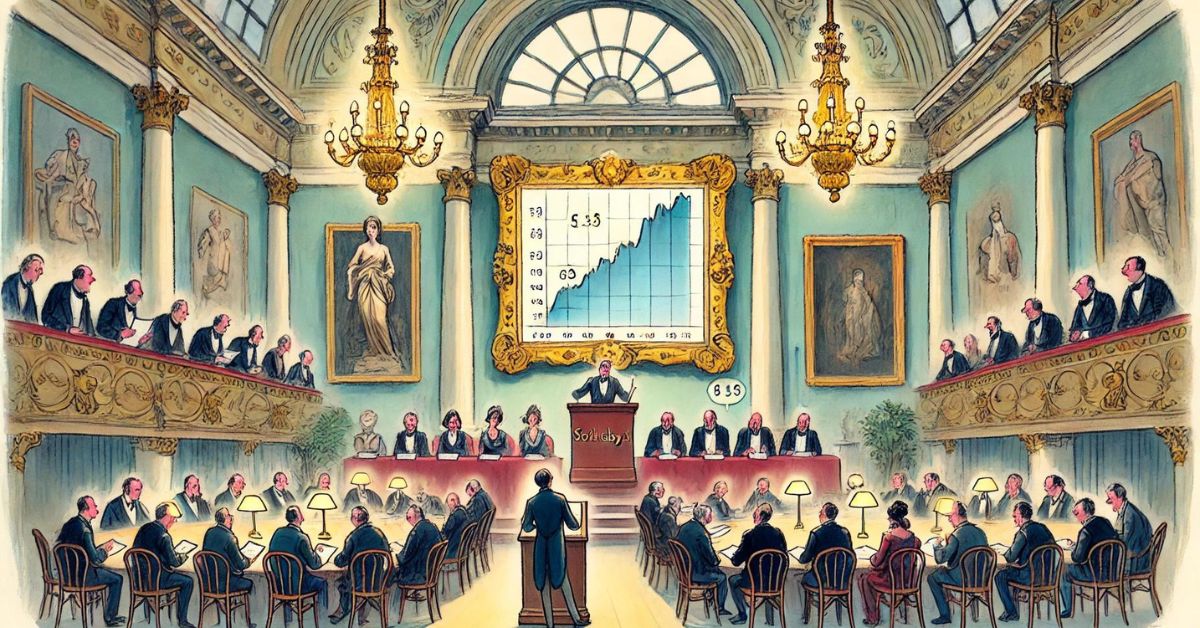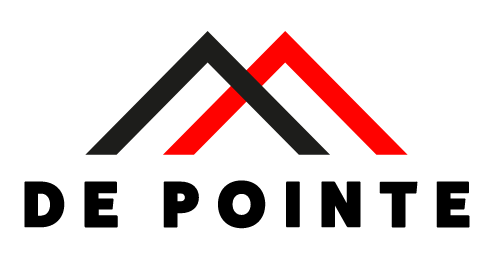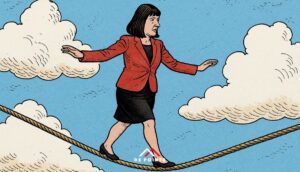Article

Investing in Art has long been a way for collectors to combine aesthetic appreciation with financial growth. As 2024 rolls on, several key financial trends and considerations have emerged, shaping the art investment market. Here’s a detailed look at the financial aspects investors need to know.
1. Impact of Economic Conditions on Art Investment
As an uncorrelated asset class, Art is unlikely to be impacted by the geopolitical instability and the stock market volatility that 2024 has seen thus far. This non-correlation is one of the factors that draws investors to Art and is part of the reason that 89% of Wealth Managers suggest including Art in a well-balanced portfolio (Deloitte, 2023). Art can effectively serve as an anchor, providing security to your portfolio amidst the choppy nature of the current political, global, and economic climate
2. Art as a Hedge Against Inflation
Art has often been viewed as a hedge against inflation. As inflationary pressures persist, investors are turning to tangible assets like Art to preserve their wealth. Unlike stocks and bonds, the value of Art is not directly tied to market fluctuations, making it a stable store of value in uncertain economic times. This characteristic of art investment is particularly appealing in the current global economic climate.
3. Digital Platforms Transforming Art Sales
The rise of digital platforms has revolutionised how Art is bought and sold. Online marketplaces have become crucial for galleries and collectors, providing broader access to a global market. In 2023, a significant percentage of art transactions were conducted online, which is expected to continue. Digital platforms not only facilitate sales but also provide valuable data analytics, helping investors make informed decisions.
4. Diversification and Portfolio Allocation
Art investment is increasingly being recognised for its role in portfolio diversification. Due to its low correlation with traditional financial assets, Adding Art to an investment portfolio can reduce overall risk and enhance returns. Investors are advised to consider Art as part of a diversified investment strategy, balancing it with stocks, bonds, and other asset classes to optimise their risk-return profile. J.P. Morgan suggests that investors should allocate between 15 and 30% of their portfolios to alternative assets such as Art.
Art Investment on the rise
The graph above shows data from Deloitte regarding the percentage of investors who claimed Art was accounting for a larger share of their clients’ overall asset value/wealth.
5. Art Investment Funds and Fractional Ownership
The emergence of art investment funds and platforms offering fractional ownership is making art investment more accessible. These funds pool capital from multiple investors to purchase high-value artworks, providing exposure to the art market without requiring substantial individual investment. Fractional ownership allows investors to buy shares in artworks, like stocks, democratising access to high-end art investments.
6. Importance of Provenance and Authentication
Provenance and authentication remain critical in the art market. An artwork’s value can be significantly affected by its provenance, ownership history, and authentication status. Investors should conduct thorough due diligence, including provenance research and expert authentication, to ensure the legitimacy and value of their art investments. This due diligence is essential to avoid potential legal issues and financial losses.
7. Tax Considerations and Financial Planning
Investing in Art comes with various tax implications that investors must navigate. Art is considered a collectable, and sales are subject to capital gains tax. Proper financial planning can help mitigate tax liabilities. Investors should consult with tax advisors to understand the implications of buying, selling, and holding Art and explore strategies such as charitable donations or establishing art trusts to manage their art assets effectively.
A blend of economic factors, digital innovations, and evolving investment strategies shape the art investment market in 2024. Understanding these financial aspects is crucial for making informed investment decisions. Whether leveraging digital platforms, diversifying portfolios, or ensuring thorough provenance checks, investors can navigate the art market with greater confidence and potential for substantial returns.
For further insights and detailed market analysis, visit our Art home page.






